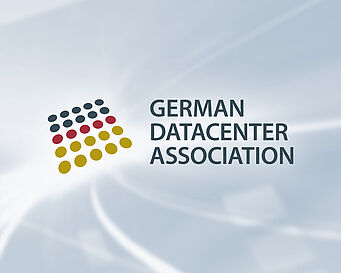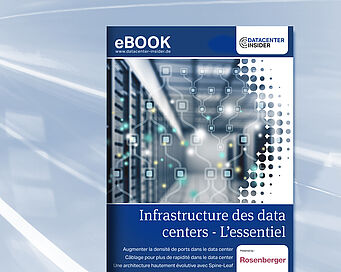Rosenberger OSI was founded on 3 September 1991. What was the initial goal?
Harald Jungbäck: "At the end of the 80s, the topic of fiber optic cabling made its way into data centers. Data centers were rare at that time. The first IBM mainframes came onto the market. The devices were connected to each other with arm-thick IBM "bus and tag" copper cables. At some point it was realised that these copper cables no longer met the requirements, especially with regard to the data rate. So the first fiber optic transmission technology system for hardware, the IBM Enterprise Systems Connection (ESCON), was developed and the few data centers existing were equipped with it. The origin of this movement was in the USA and spilled over into Europe. Here, too, the need was great. However, at that time there were only very few experts in Germany who had already dealt with fiber optics. Among them were our three company founders, who immediately recognised the great potential. In the course of this, they laid the foundation for Rosenberger OSI under the guiding principle of developing and producing high-fiber, factory-terminated fiber optic cabling systems for data center applications."
So people were already talking about cabling systems back then?
Harald Jungbäck: "Of course! Rosenberger OSI has been talking exclusively about complete end-to-end cabling systems from the very beginning. That is our DNA."
Can you compare the cabling systems of that time with those of today? How have they evolved over the past 30 years? Where is the trend going?
Harald Jungbäck: "Basically, the original system from back then still exists today. The core components were high-fiber, factory-assembled PreCONNECT® trunk cables, at that time already up to 48 fibers: Multimode 62.5 µm or Singlemode 9 µm. The corresponding 19" distribution panels and patch cables completed the system. Of course, the technology has evolved over the last 30 years. During this time, fiber optic cables have become increasingly high-fiber. As I said, we started with 48 fibers. Today we have normally up to 144. The cable constructions have also changed. Many connectors have come and gone. As have various multimode and single mode fiber types.
At the moment I am observing three trends in particular in the data center. First and foremost, the almost explosive development of speed, at ever shorter intervals with ever greater leaps in speed. A year ago, 400G was still the ultimate. Today, various transceiver MSA (Multi Source Agreement) working groups and the Ethernet Alliance are working at full speed on the development and introduction of 800 Gbit/s. Study Groups are already working on 1.6 Tbit/s. We already responded to this trend last year with the market launch of PreCONNECT® SEDECIM. The cabling system is optimised for 400GBASE-SR8 transmission technology and can also be easily migrated backwards to 40, 100 and 200 GBASE-SR4.
Furthermore, flexibility and scalability are playing an increasingly important role in the data center. Last but not least, the trend towards further port densification in IT hardware and its fiber optic cabling, driven by the transceiver MSAs and the need for optimized space utilization in the data center. A prominent example of this is the new MDC (Miniature Duplex Connector), with which the realization of Mega High Density (MHD) has become possible, meaning that the port density can be doubled or tripled compared to LC-Duplex per 19" height unit, depending on the enclosure system. Back in the early 90s, I coined the statement that Rosenberger OSI assembles every connector and every cable because we have the fitting cable divider technology. That has always been our claim and we continue to do that today in excellent quality - without compromise."







